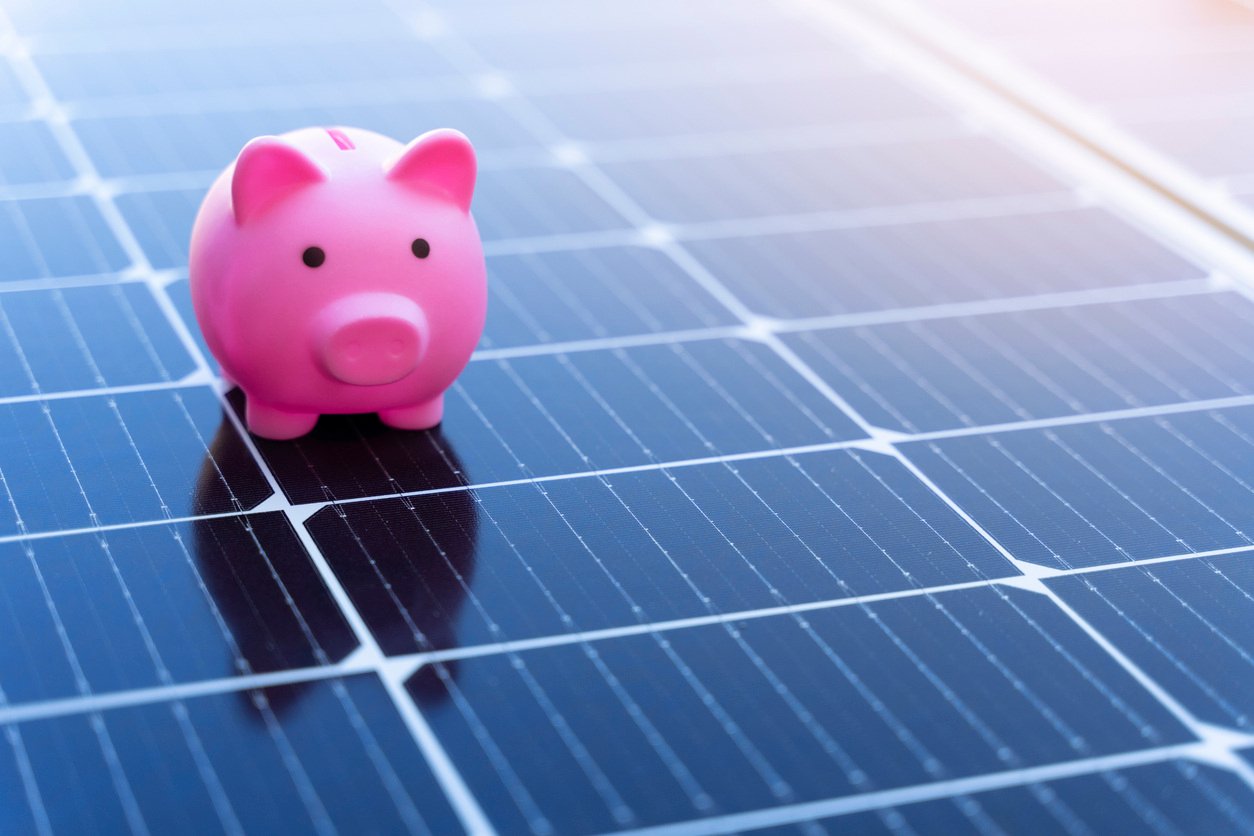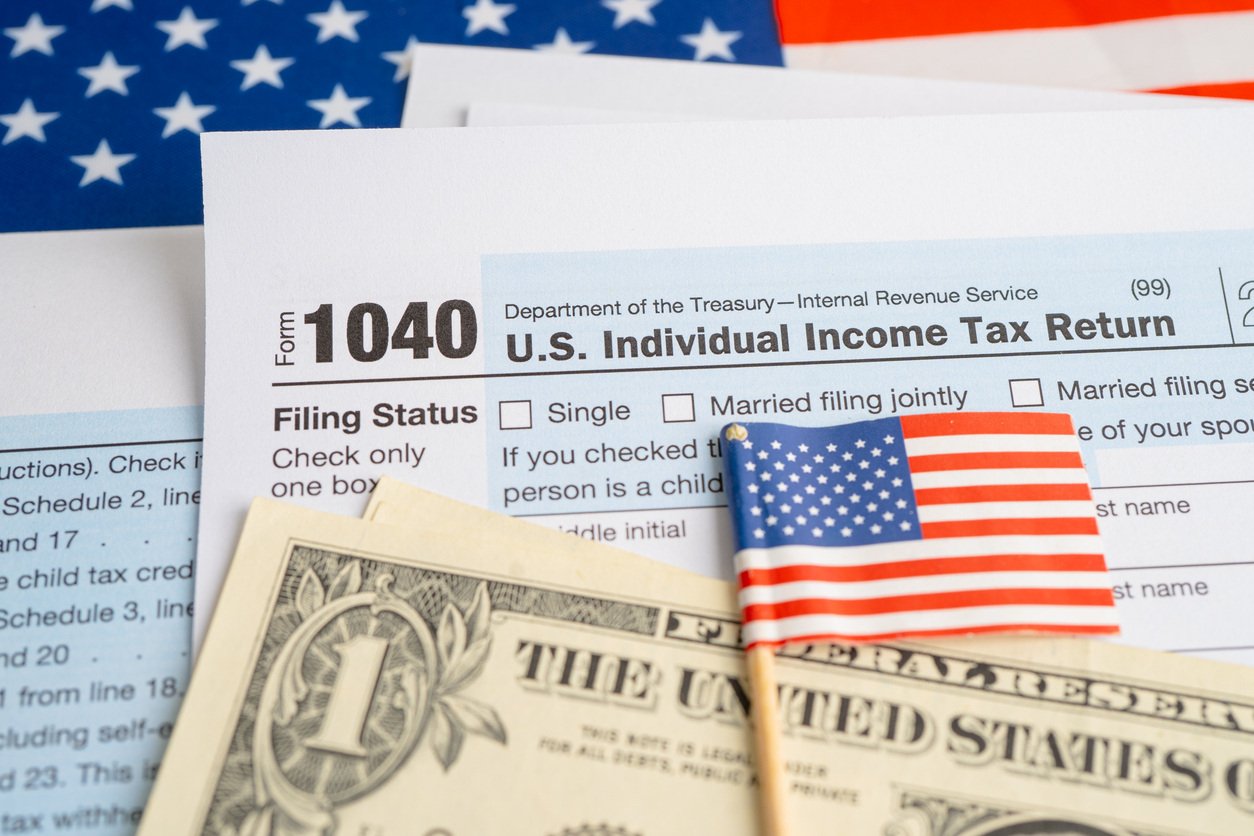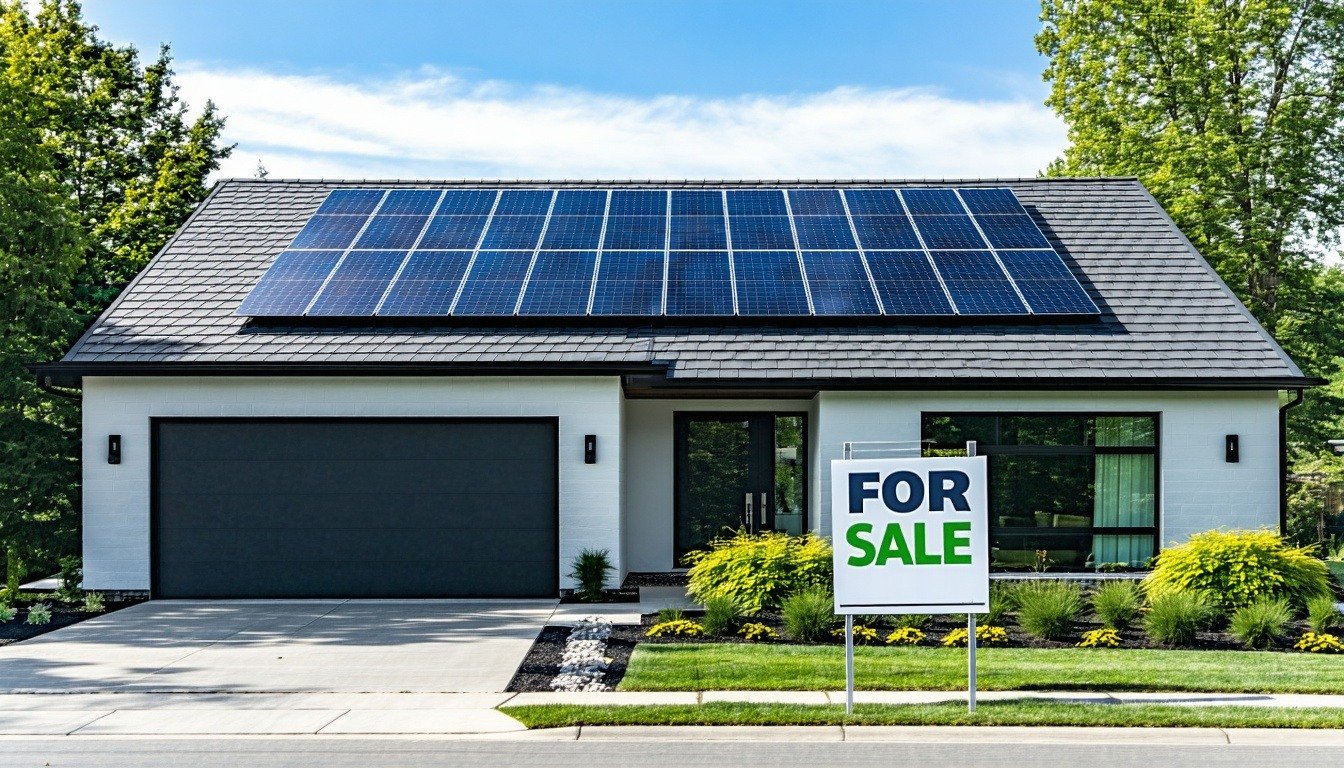Installing a solar panel system for your home is a smart investment that can lead to long-term savings on energy bills, increased property value, and a reduced carbon footprint. However, the upfront cost can be significant, prompting many homeowners to explore various payment options. This article outlines the different ways you can finance your new solar panel system and the pros and cons of each strategy, helping you make an informed decision that fits your financial situation.
How can I pay for a new home solar panel system?
1. Pay Cash Upfront
The most straightforward option is to pay for your solar panel system in cash, allowing you to take full ownership of your power generation system immediately. This method eliminates any financing costs and interest payments, allowing you to maximize your long-term savings potential. If you install enough solar panels to support your home's energy usage, you may be able to completely eliminate your monthly electrical bill.
Pros:
- Maximize long-term savings
- No interest payments or financing fees
- Immediate ownership
- Simplified purchasing process
Cons:
- Requires significant upfront capital
2. Finance with Monthly Payments
Many homeowners opt to finance their solar panel systems through loans that allow them to make monthly payments, essentially swapping their monthly electrical payment for a monthly solar payment. This approach can lead to immediate savings by beating your electric bill in addition to long-term savings that far outpace utility rate inflation. Various financial institutions offer solar loans, often with terms ranging from 5 to 25+ years. These loans can be secured through banks, credit unions, or specialized solar financing companies. As with any loan, good credit allows customers to secure favorable terms.
515 Solar has partnered with several preferred solar financing companies, allowing us to provide new customers with quick approvals and streamline the onboarding process.
Pros:
- Low upfront costs (often $0 down)
- Potential to save money immediately vs. paying the electrical bill
- Flexible repayment terms
- Competitive interest rates
Cons:
- Interest rates and finance fees lead to higher overall cost of going solar
- Commitment to long-term loan payments
3. Home Improvement Loans
Home improvement loans specifically designed for energy-efficient upgrades can be a solid choice for financing solar panel installations. These loans are typically unsecured, meaning they don’t require collateral, and they often come with lower interest rates than personal loans.
Pros:
- Commonly accessible at a number of financial institutions
- Designed for home improvements
- Flexible terms
Cons:
- May require a higher credit score for the best rates
- May include fees or prepayment penalties
4. Home Improvement Credit Cards
Home improvement credit cards offer another financing option, allowing homeowners to make purchases and pay them off over time. These cards often come with promotional interest rates or reward point bonuses, making them another valid choice for financing solar installations.
Pros:
- Quick access to funds
- Potential for promotional rates (i.e. 0% APR for a limited time) or rewards points
- Flexible repayment options
Cons:
- High-interest rates may apply after promotional period ends
- Increased risk of accumulating debt
Government Incentives
When deciding how to pay for your home solar panel system, it is critical to consider the significant potential savings available to you through government incentives, especially via the Federal Solar Tax Credit or ITC.
1. The 30% Federal Solar Tax Credit
The Federal Solar Tax Credit, aka the Investment Tax Credit (ITC), will allow you to reclaim 30% of the cost of your solar panel and/or energy storage system in a 1:1 federal tax credit.
For example, if you install a $10,000 solar panel system, you can get $3,000 paid back to you as a federal tax credit.
There is no limit to the claim amount, all installation costs and fees are included, and the system must be installed within the same tax year the credit is claimed.
Learn more about the Federal Solar Tax Credit (ITC) here.
2. State and Local Incentives
In addition to the Federal Solar Tax Credit, additional state and/or local tax benefits, grants, or incentives may be available.
Learn more about local policies and incentives in Iowa or in your state here.
Non-Ownership Solar Options:
While owning your own solar panel system offers the greatest potential savings and a path toward energy independence, there are other ways to go solar that can still help improve the environment and your community.
1. Community Solar
Community Solar refers to a solar power installation that multiple individuals, households, or organizations can access, often through a subscription or ownership model. Participants share the benefits of the electricity generated, such as lower energy costs or credits on their utility bills, without needing to install solar panels on their property.
Pros:
- Environmental benefit
- May be available to renters or homeowners who can't install solar
- Serve many households
Cons:
- Limited availability, depending on where you live
- There may be upfront fees or subscription costs
- May or may not offer cost savings through reduced electrical bills
2. Solar Panel Rental or Leasing
If you’re not ready to purchase a solar system outright, you may consider renting or leasing them if the service is available in your area. With this option, a solar company installs the panels on your roof, and you pay a monthly rental fee. This lets you enjoy many of the the benefits of solar energy without the upfront costs, making it an interesting choice for some homeowners.
Pros:
- Minimal upfront investment
- May have flexible contract length, not a long-term commitment
- May offer some savings on electrical bills
Cons:
- Limited availability, depending on where you live
- You won't build equity in the panels or increase your home's resale value
- Overall cost may be higher than purchasing
- Price surges may apply, increasing rates unexpectedly
Note: Expenses paid toward solar panel rental or community solar programs are not eligible to be claimed as a tax credit via the Federal Solar Tax Credit (ITC). Only solar panel systems that you own are eligible for the 30% solar tax credit.
In Conclusion
Choosing the right financing option for your new solar panel system involves careful consideration of your financial situation and goals. Whether you decide to pay cash, finance with monthly payments, rent, use credit cards, or take out a home improvement loan, each option has its own advantages and disadvantages. Don’t forget to investigate available government incentives that can help make your solar investment much more affordable. By understanding these options, you can take the next step toward a sustainable and cost-effective energy solution for your home.
Thinking about going solar? Get a quick, pressure-free quote.





